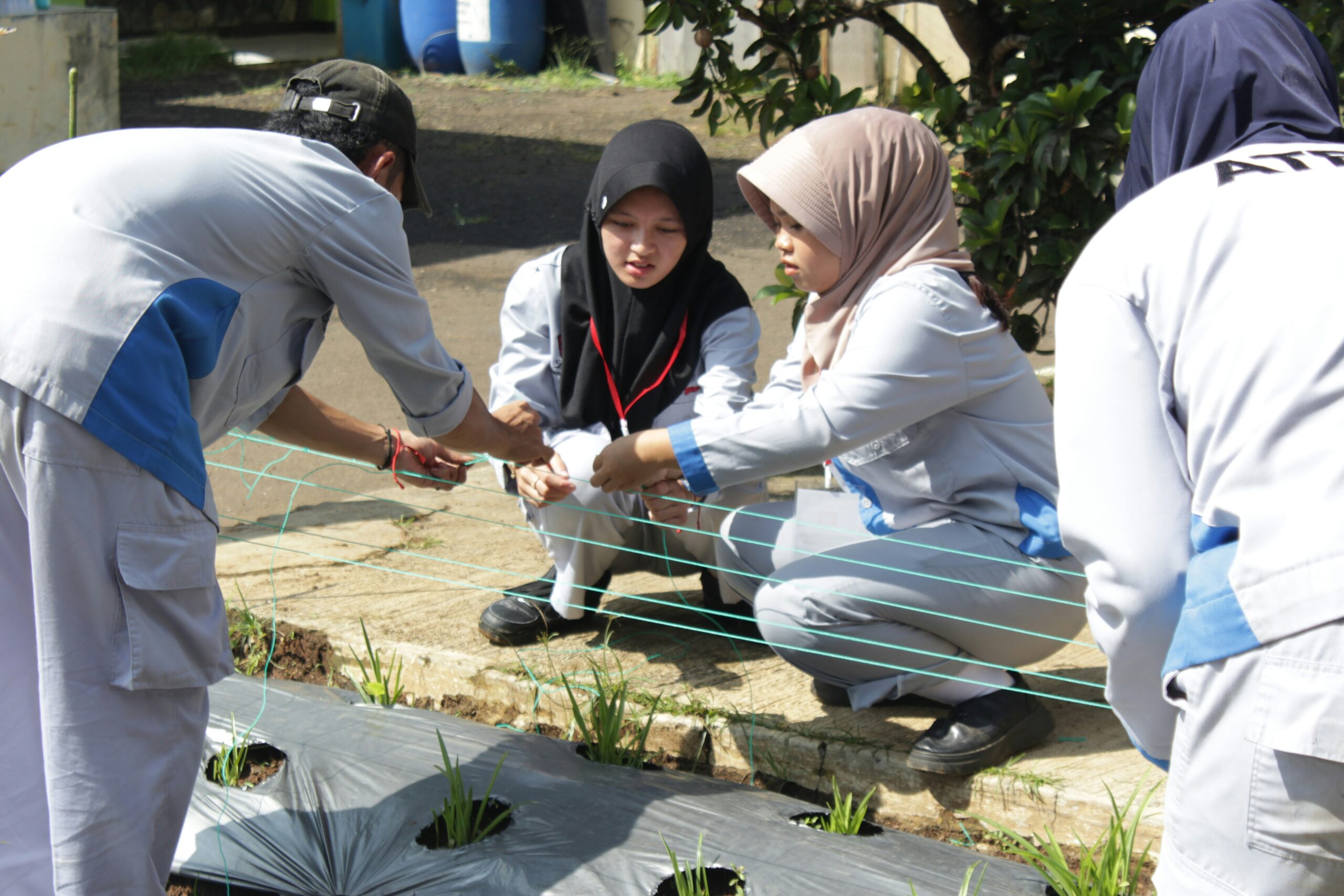
Volunteer programs form the backbone of many charitable and nonprofit organizations. Developing a strong volunteer program goes beyond merely recruiting individuals to help; it involves designing meaningful experiences that align with the organization’s mission and the personal aspirations of the volunteers. When done well, a volunteer program can cultivate a powerful force for positive change while enriching the lives of everyone involved.
Creating a sustainable volunteer program requires careful planning, continuous engagement, and a commitment to ongoing improvement. Organizations that focus on developing a thoughtful and strategic volunteer program position themselves to expand their reach, increase their effectiveness, and foster deeper community ties. As volunteerism evolves with societal changes, nonprofits must adapt to ensure their programs remain relevant and impactful.
Understanding Organizational Needs and Volunteer Roles
Before a volunteer program can succeed, it is essential to identify the organization’s actual needs and determine where volunteers can make the most significant difference. Leaders must analyze current operations, pinpoint gaps, and envision how volunteers could complement existing efforts. This intentional approach ensures that volunteers are not just filling time but are playing meaningful, mission-driven roles within the organization.
Once the needs are clearly outlined, crafting detailed volunteer roles becomes the next critical step. Clear role descriptions outlining responsibilities and expectations help volunteers understand how their contributions fit the organization’s goals. When volunteers see that their work has purpose and direction, they are likelier to stay engaged and committed over the long term.
Attracting and Recruiting the Right Volunteers
Recruiting volunteers who align with the organization’s mission and values requires more than a general call for help. Successful recruitment strategies are targeted and thoughtful, appealing to individuals’ skills, interests, and passions. Crafting compelling messages that show the importance of the volunteer’s role helps attract people who are genuinely motivated to contribute meaningfully.
In addition, personal connections often play a significant role in successful recruitment. Word of mouth, community partnerships, and personalized outreach efforts can effectively attract dedicated volunteers. As organizations work to recruit, maintaining authenticity and showcasing real stories of impact can inspire more individuals to join the cause.
Implementing Effective Training and Onboarding
Training and onboarding set the tone for a volunteer’s entire experience. A thoughtful onboarding process helps new volunteers feel welcomed, informed, and prepared to succeed. Providing the necessary background on the organization’s mission, culture, and expectations ensures that volunteers start their journey confidently and clearly.
Moreover, continuous training opportunities allow volunteers to grow within their roles and develop new skills. Organizations that invest in their volunteers’ development foster stronger relationships and benefit from more capable and committed teams. Regular check-ins, refresher courses, and mentorship programs enhance volunteer satisfaction and retention.
Fostering Volunteer Engagement and Retention
Keeping volunteers engaged over time requires a proactive and nurturing approach. Open communication, recognition of contributions, and meaningful involvement in decision-making can all enhance a volunteer’s sense of belonging. Volunteers who feel heard and valued are more likely to remain loyal and become advocates for the organization.
Furthermore, offering diverse and flexible opportunities allows volunteers to find their ideal contribution. Whether it’s short-term projects, ongoing commitments, or virtual volunteering options, meeting volunteers where they are strengthens relationships and broadens the organization’s capacity for service. Consistent engagement strategies lead to stronger, more vibrant volunteer communities.
Measuring Program Success and Impact
Evaluating the success of a volunteer program is essential for its growth and improvement. Tracking participation numbers, volunteer satisfaction, and program outcomes provides valuable insights into what works well and where adjustments are needed. Data-driven evaluations clearly show how volunteers contribute to the mission and where future investments should be directed.
Beyond quantitative measures, gathering personal stories and qualitative feedback enriches the understanding of a program’s impact. Volunteers often bring fresh perspectives and valuable ideas that can drive innovation. Encouraging honest feedback and acting on it demonstrates respect for volunteers’ experiences and a genuine commitment to continuous enhancement.
Building a Culture of Appreciation
Recognition plays a crucial role in volunteer program development. Volunteers give their time, talents, and energy, often expecting little in return. However, acknowledging their contributions meaningfully can make a tremendous difference. Personalized thank-you notes, small gestures of appreciation, and public recognition reinforce the value volunteers bring to the organization.
Additionally, celebrating milestones and successes builds a shared pride among volunteers and staff. Hosting appreciation events or highlighting volunteer achievements in newsletters or social media reinforces the message that volunteers are integral to the organization’s mission. A culture of appreciation inspires loyalty, strengthens morale, and encourages volunteers to remain deeply connected to the cause.
Adapting to Changing Volunteer Trends
Volunteerism continually evolves, shaped by societal changes, technological advances, and shifting generational expectations. Organizations must remain agile and open to new volunteer models to stay relevant. Virtual volunteering, skills-based volunteerism, and project-based engagements are becoming increasingly popular, and flexible programs attract a broader range of participants.
Keeping an eye on trends also allows organizations to anticipate and respond to changes in volunteer motivations. While previous generations may have valued long-term commitments, younger volunteers often seek short-term, high-impact opportunities. Adapting to these preferences without losing sight of organizational needs ensures that volunteer programs remain dynamic and inclusive.
Developing a successful volunteer program is an ongoing journey that blends careful planning with heartfelt engagement. Organizations that prioritize understanding their needs recruiting thoughtfully, training effectively, and showing genuine appreciation create environments where volunteers can thrive. As societal trends shift and new opportunities arise, nonprofits that remain flexible and committed to improvement will sustain their volunteer programs and amplify their overall mission and impact.